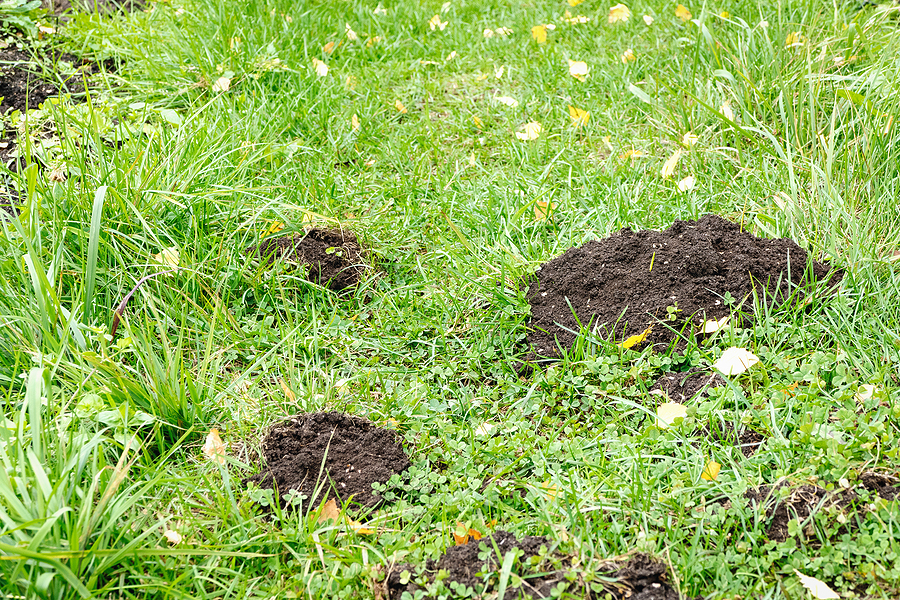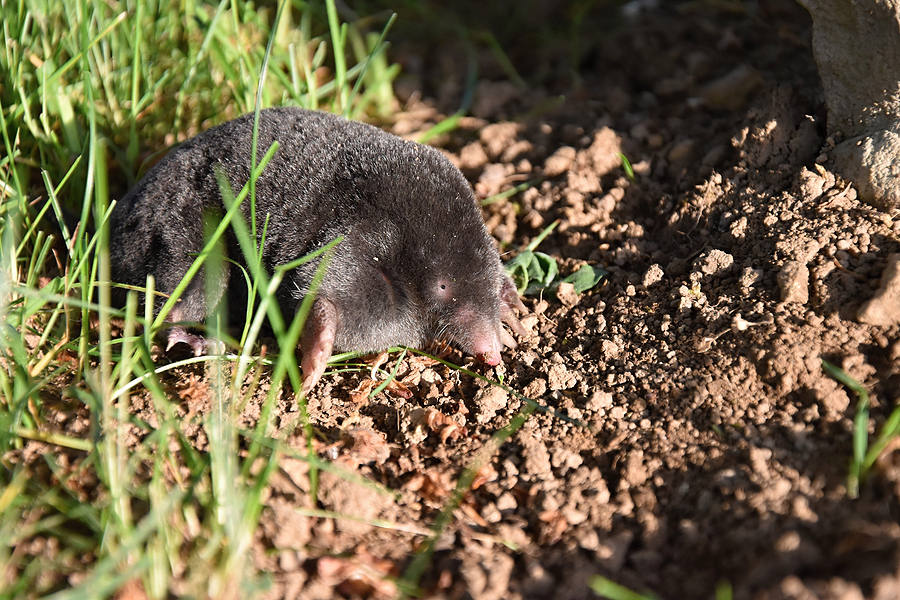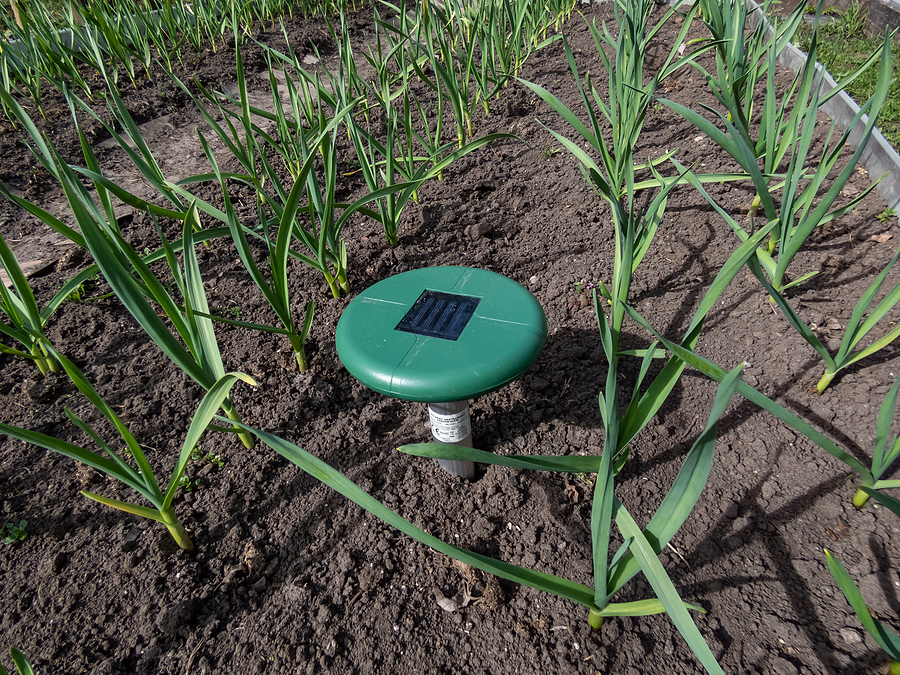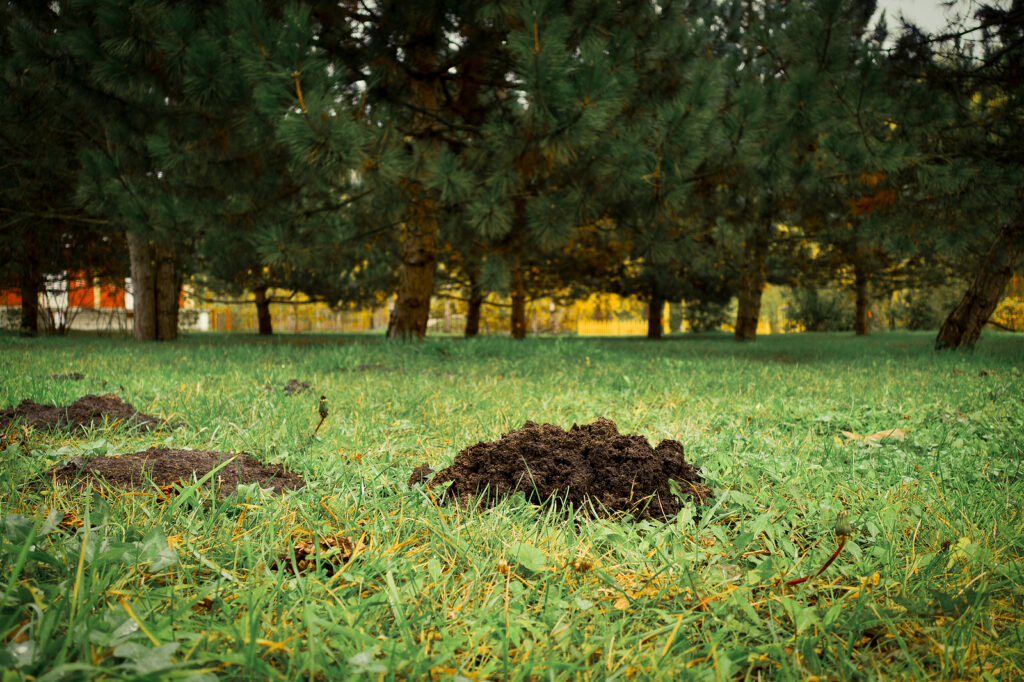Do you ever feel like you’re waging an underground war when mysterious mounds of soil start popping up across your once immaculate lawn? If the culprit isn’t little green Martians, it could very well be moles! These elusive creatures may stay out of sight, but their impact on your turf is undeniable. As a homeowner, gardener, or lawn care enthusiast, understanding what draws moles to your yard and how to repel them is crucial in maintaining a healthy, mole-free outdoor space.
Moles are fascinating creatures with a lifecycle and biological behaviors that explain their sometimes-annoying forays into our pristine patches of grass. In this exhaustive guide, we’ll not only reveal the reasons moles might be frequenting your yard, but also offer concrete solutions to keep them at bay. Grab a coffee, settle in, and prepare to become an expert in mole matters.

Yard Moles Can Be a Big Problem
Yard moles, or more commonly called ‘moles,’ are small mammals with velvety fur, tiny or invisible eyes, and strong forefeet equipped for digging. They live a subterranean lifestyle, creating vast tunnel systems beneath the ground. While their tunneling is quite industrious, their resulting ‘molehills’ are the bane of any homeowner set on maintaining a manicured lawn.
What is a Mole?
Yard moles, also called ground moles, garden moles, lawn moles, or animal moles, are insectivores, which means their primary diet consists of insects like earthworms, grubs, and other invertebrates. As such, they’re attracted to areas with a substantial population of these underground critters, often marked by moist soil conditions and easy digging.
Seasonal Lawn Mole Behaviors and Patterns
Moles are more active during certain times of the year, particularly early spring when they’re seeking mates and fall when they’re fattening up for winter. Each season poses unique challenges for mole deterrence and control. For instance, grubs are a major food source in the fall, tying into the pest’s reproductive cycle and appetite.
Things That Attract Yard Moles to Your Lawn
Understanding why your lawn is a mole magnet is key to addressing the issue at its roots.
Lawn Pests – Moist soil brimming with insects such as earthworms, grubs, and ants is a prime buffet for moles. By keeping your lawn free of these pests, you make it less appealing to moles, effectively sending them in search of greener pastures.
Moisture – Moles prefer damp, cool environments. Lawns that are overwatered or have poor drainage not only serve as mole havens but are also more likely to contain higher insect populations — a double enticement for these underground diners.
Predator-Free – In natural ecosystems, moles have predators like snakes and larger mammals, such as foxes, that keep their populations in check. In urban and suburban settings, the lack of these predators can lead to a lawn mole overpopulation in the absence of control measures.
Types of Mole Damage to Lawns and Gardens
The aesthetic horror of molehills is only the tip of the iceberg. Moles can wreak havoc beneath the surface.
Damage to Plant Life – Mole tunnels can disturb or destroy the root systems of your grass and plants, leading to poor growth and a patchy, weakened lawn that’s more susceptible to disease and other pests.
Mounds and Hills – The familiar cone-shaped mounds of dirt — or molehills — are the result of moles pushing soil to the surface as they dig their tunnels. While these mounds are unsightly, the real damage lies in the tunnels’ network.
Tunnel Systems – Mole tunnels can stretch for hundreds of feet under your yard’s surface, creating a labyrinth that undermines the structural integrity of your lawn. Left untreated, these tunnels can lead to sinkholes and uneven terrain, rendering your green space uneven.
Yard Mole Prevention and Control
The best defense against yard moles is a well-thought-out offensive mole control and prevention strategy. Here’s how you can keep these critters from setting up camp beneath your lawn.
Repellents – Several natural remedies and repellents are known to deter moles. For example, using castor oil-based products on your soil can create an environment moles dislike. Similarly, plants like daffodils and marigolds can serve as mole repellents due to their strong odor.
Physical Barriers – Installing barriers like subsurface wire mesh or vibrating stakes can prevent moles from accessing your lawn. Vibrating stakes mimic the underground rumblings made by predators, causing moles to avoid the area.
Professional Yard Mole Control – When all else fails, a professional yard mole removal company can offer a range of options, from trapping and relocating moles to Eco-friendly repellents that are both safe and effective.
Implementing Your Mole-Free Strategy
Applying the right mole control methods at the right time is essential. For example, it’s most effective to tackle mole problems during the early morning or late afternoon, the peak times for mole activity. By being proactive and consistent with your approach, you’ll soon be admiring a verdant lawn free from mole disruptions.
Mole Prevention Season by Season
Tailor your mole prevention strategies to the time of year. While spring might call for population control with traps, fall is the prime season for treating your lawn against grubs and creating an inhospitable environment for moles.
Incorporating Mole Control into Regular Lawn Care
Mole prevention should be just as routine as mowing or watering your lawn. Regularly inspect your yard for signs of mole activity and lawn damage, and consider a rotating schedule of different control methods to keep moles on their toes.
Long-Term Mole Management
Moles will always be a part of the ecosystem, but with vigilance and the right strategies, they don’t have to be a destructive force in your yard. Long-term management involves learning the seasonal patterns of mole activity and adjusting your prevention methods accordingly.
Conclusion
Yard moles are more than mere nuisances; they’re an integral part of our ecosystem and have their roles to play — just not in our gardens! By zeroing in on the causes of mole infestations and deploying a robust strategy that encompasses habitat modification, natural deterrents, and when necessary, expert intervention, you can be the protector of a lawn that’s equally beautiful above and below the surface.
Remember, the key to a mole-free lawn is knowledge and consistent, targeted action. That’s where our professional mole pest control experts can help. Contact Mole Miners at 629-277-0933 for TWRA licensed and insured yard mole removal in Nashville, Tennessee. We serve all greater Nashville areas. Request a free estimate, today!
Related Posts:
A Comprehensive Guide to Moles and Their Behavior
Keeping Your Lawn Mole-Free: The Best Ground Mole Repellents
Climbing the Molehill: A Comprehensive Guide to Yard Mole Treatment





